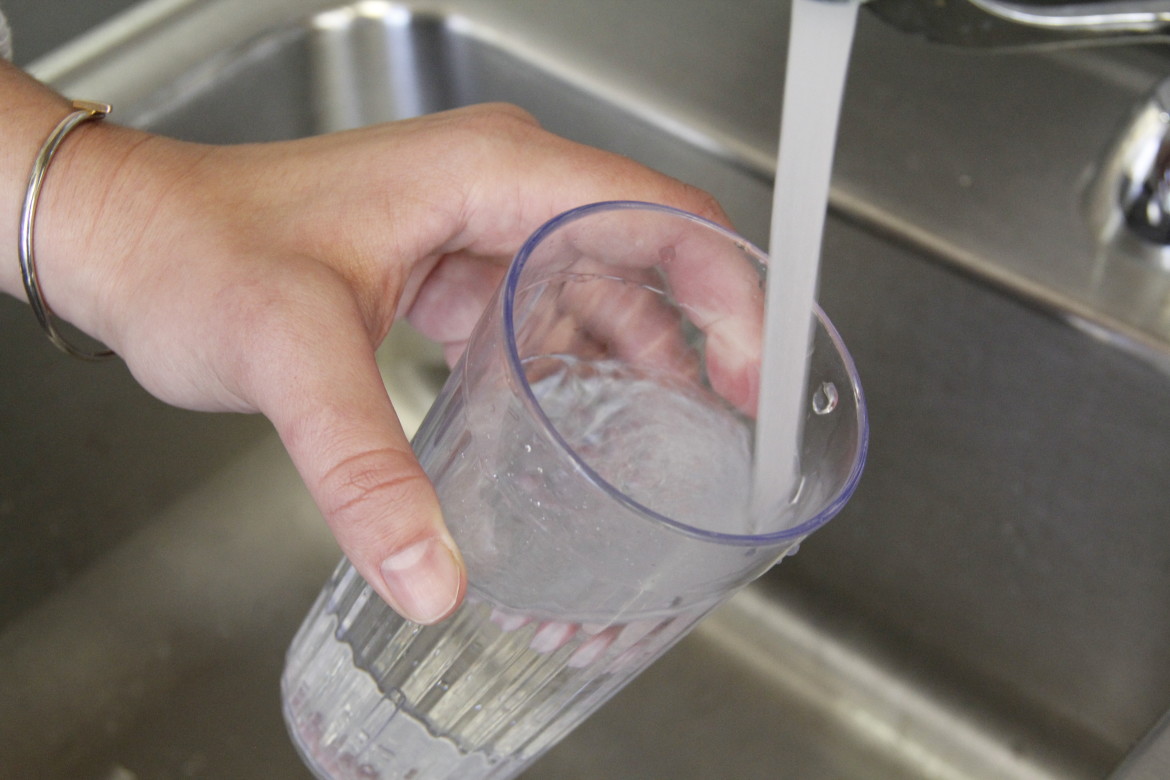Flint, Mich., isn't the only American city where the water hasn't been safe to drink, new research suggests.
Almost 8 percent of community water systems are plagued by health-based violations of water quality standards in any given year, the study found. That meant up to a quarter of all Americans were affected.
"Generally, the U.S. has high-quality water," said study author Maura Allaire. "But health-related violations do extend well beyond Flint. When I dug into the data, I saw about 21 million people were receiving water from systems that didn't meet standards in 2015.
"In terms of hot spots in the country, rural communities and rural low-income communities in Oklahoma and Texas are really struggling," said Allaire, an assistant professor of urban planning and public policy at the University of California, Irvine.
"They lack the technical capacity of larger systems, and have small customer bases, which means they can't afford the latest and greatest technologies. And they often have only a part-time technician monitoring their water systems," she explained.
In total, violations affected between 9 million and 45 million people in the United States during each year the researchers studied. That's between 4 percent and 28 percent of the U.S. population.
So what exactly is in the water?
"In terms of what's being reported to the Environmental Protection Agency, the vast majority are microbial concerns," Allaire said.
Coliform bacteria, found in the feces of humans and animals, were the germs most often found. Generally, coliform bacteria don't cause illness. But they often indicate the presence of other contaminants that may cause illness, according to the U.S. Centers for Disease Control and Prevention.
Other contaminants found in water systems included viruses and the parasites cryptosporidium and Giardia lamblia, the study reported.
Waterborne microbial illnesses often cause abdominal cramping, nausea or vomiting, diarrhea and, if severe enough, dehydration, the CDC says.
Water quality was also tainted by chemical contamination, along with excess arsenic, lead and copper.
Nitrates were also a common contaminant in water systems, the study found. Nitrates can occur naturally, but excess levels of nitrates can occur as a result of contamination from chemical fertilizers, septic systems, animal feedlots, industrial waste or food processing waste, the CDC says.
The study found that areas that purchase their water were less likely to experience contamination, Allaire said.
"It may be that they're able to afford more robust treatment techniques," she said.
Ensuring safe drinking water is likely becoming more difficult in many communities due to aging infrastructure and shrinking budgets, the study noted.
Jennifer Li, the interim senior advisor of public health programs at the National Association of County and City Health Officials, agreed.
"A big challenge is the aging or decaying infrastructure of the old water main lines -- usually made of concrete or fired clay. Small fissures in the pipes allow contaminants and biologicals like Legionella into the water system post-treatment and present a public health risk to recipients," Li said.
Li said investing in infrastructure would help improve water safety. She also suggested that there should be more transparency in the water testing and reporting procedures. Depending on the contaminant, water systems have between one and 30 days to let the public know.
Both Li and Allaire said it's important to follow any notifications you receive from your water system, such as a "boil water" notification.
Li also recommended having emergency water supplies on hand. For example, one gallon of water per person and pet, per day, as well as a camping filter for water to remove contaminants.
Allaire said that merging and consolidating water systems might help ensure quality drinking water because a larger system would likely have more resources available.
But, she said, right now each municipality usually has its own system, so consolidating systems might meet resistance because doing so could have political ramifications.
The study included data from nearly 18,000 community water systems. The data spanned 1982 to 2015.
The findings were published Feb. 12 in the journal PNAS.
Copyright © 2018 HealthDay. All rights reserved.
Fuente: www.upi.com
